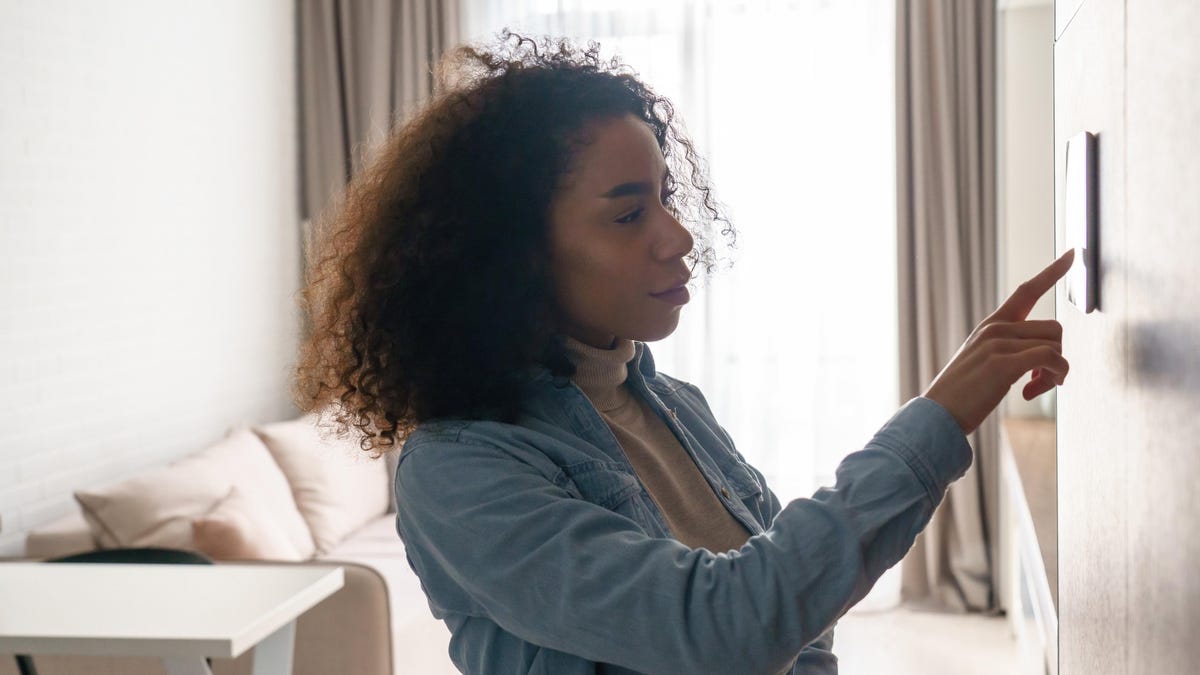When to Turn on the Heating in the Fall

As autumn approaches winter, we know we’ll have to turn up the heating. But when is the right time? If you’re arguing with your partner or roommate about the thermostat, we’d be happy to put an end to the argument for you. (However, they will probably never admit they were wrong.)
To find the ideal time to turn on the heating, we can’t just look at the calendar or even the temperature outside. The temperature inside your home is what matters. If your home is located in a sunny location in a warm climate, you may be able to delay turning on the heating until late in the winter. On the other hand, if your home is poorly insulated, is located in a shady area, or your local climate is cool, you may need to turn it on sooner.
So while you can ask your neighbors what date or what outside temperature they usually use as a guide, you’ll need to look at your own thermostat to know when it’s time.
Keep your room temperature above 64 degrees for your health.
A report from the World Health Organization indicates that temperatures below 18 degrees Celsius (about 64 Fahrenheit) can cause problems for smokers, people with asthma and people with cardiovascular disease. Warmer temperatures are associated with improved lung function and improved blood pressure in these people. They conclude that 64 is a good minimum for most of us, but people with these conditions—and people age 65 and older—should be especially careful to keep their home at a temperature of 64 degrees or higher.
However, if you’re under 65 and don’t have lung or heart disease, WHO doesn’t mind if you put on a sweater and sort it out. They say colder temperatures do not pose a health risk to healthy people who move enough to generate a lot of heat. You can also safely use clothing, bedding or heating devices to stay warm in cooler temperatures—say, by cozying up in flannel pajamas with a heating pad under a warm duvet.
Set your programmable thermostat to turn on the heat when the temperature drops.
This is a general rule, but what if you have a thermostat that allows you to program different temperatures for different times of the day?
Energy Star suggests setting your thermostat to turn on the heat when the temperature drops to 70 degrees in the morning or evening. If you have a programmable thermostat, you can set it to “rollback” to let the house cool down a little at night and when you’re not home.
Lowering the temperature to eight degrees is recommended when you’re out of the house during the day (such as in the office) and then again at night, as cool temperatures help us sleep and we can use blankets if we feel like it too much. cold. This eight-degree drop will cause indoor temperatures to drop as low as 62 degrees. Try this and see how the house feels. If it’s too cold, consider raising the temperature to at least 64.